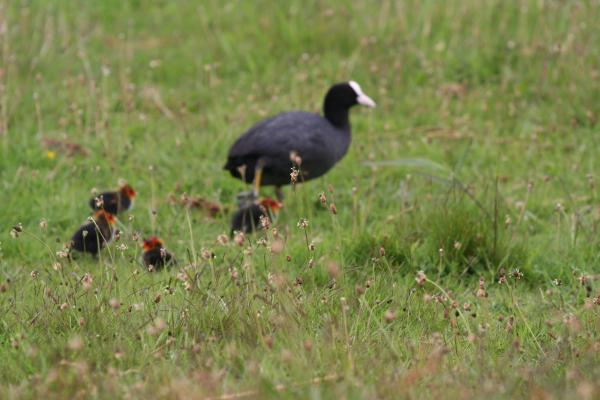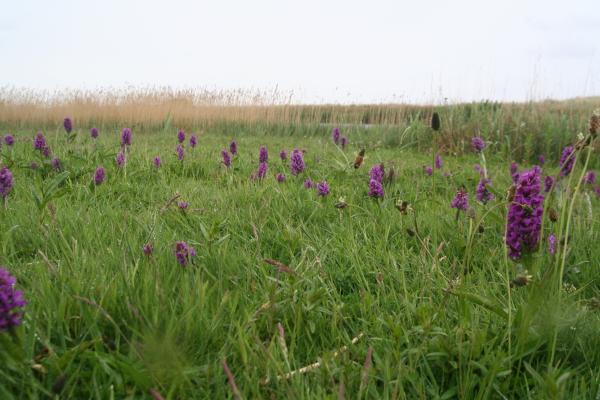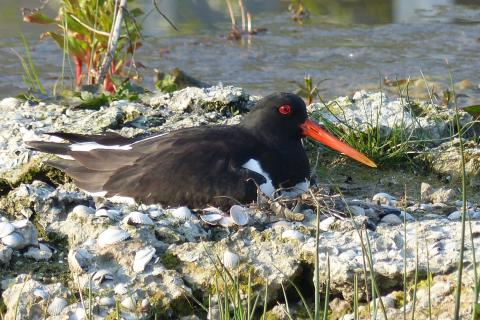If you take a leisurely stroll from hole 6 to hole 7, you will find, behind the gentlemen’s tee, a lovely part of the links, where the yellow rattle flowers mingle with the pink blooms of Ragged Robin (4). Its official name is Lychnis flos-cuculi but in my student days we called it kukelbloem.
This plant likes moist places but the soil should not be very rich, so it often grows in wet meadows where the soil has been exhausted. In fact, there is a good example of this close to the links, where Hollandseweg meets Postweg.
Other members of the same Pink family are the pinkish-red coloured red campion (1), the off-whitish white campion (2) and the night-flowering catchfly (3) (Melandrium rubrum, album and noctiflorum). The last of these three does not grow in these parts; it gets its name from the fact that the flower only opens at night, rolling up its sepals as dawn approaches - Noctiflorum simply means night-flowering.
Rubrum means red and album is Latin for white. White campion flowers in several places on the links, so it is easy to recognise. If the plant is not in flower, it is difficult to distinguish between the red and the white campion.
However, when not in flower, these plants are clearly distinct to Ragged Robin: they are hairier, and the leaves are larger and less fleshy. Once the flowers appear, there is no mistaking them, because the pink flowers of Ragged Robin are more delicate than those of the red campion.






